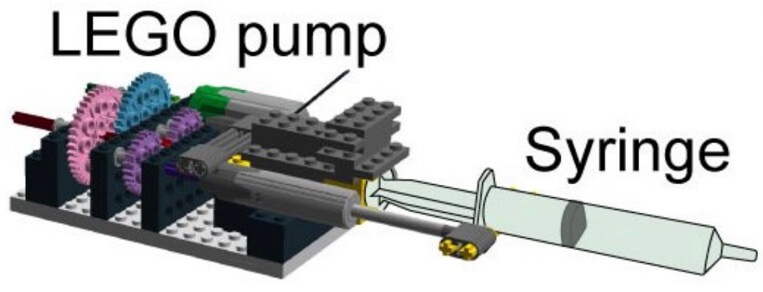The role of mitotic cell-substrate adhesion re-modeling in animal cell division
Christina L Dix, Helen K Matthews, Marina Uroz, Susannah McLaren, Lucie Wolf, Nicholas Heatley, Zaw Win, Pedro Almada, Ricardo Henriques, Michael Boutros, Xavier Trepat, Buzz Baum (see publication in Journal )Abstract
Animal cells undergo a dramatic series of shape changes as they divide, which depend on re-modeling of cell-substrate adhesions. Here, we show that while focal adhesion complexes are disassembled during mitotic rounding, integrins remain in place. These integrin-rich contacts connect mitotic cells to the underlying substrate throughout mitosis, guide polarized cell migration following mitotic exit, and are functionally important, since adherent cells undergo division failure when removed from the substrate. Further, the ability of cells to re-spread along pre-existing adhesive contacts is essential for division in cells compromised in their ability to construct a RhoGEF-dependent (Ect2) actomyosin ring. As a result, following Ect2 depletion, cells fail to divide on small adhesive islands but successfully divide on larger patterns, as the connection between daughter cells narrows and severs as they migrate away from one another. In this way, regulated re-modeling of cell-substrate adhesions during mitotic rounding aids division in animal cells.

